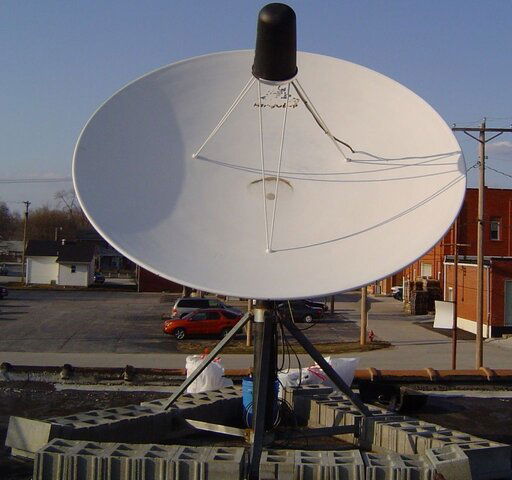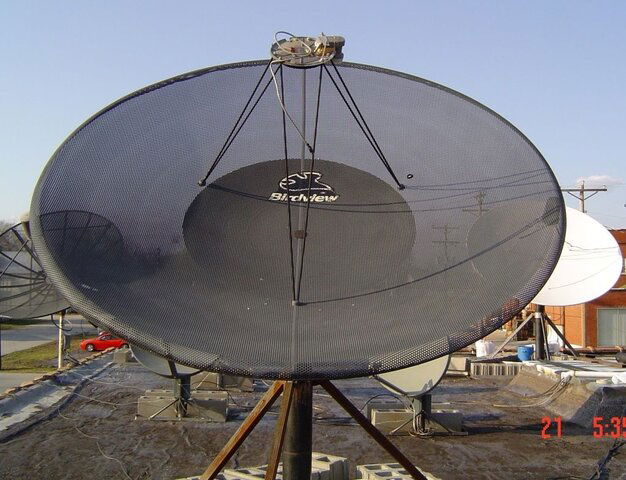how slow is slow enough?
You suppose the 37:1 is just too fast, and ran past the desired count?
Linuxman hasn't reported any such trouble on his 37:1 , so far.
Apparently, not even with his pulse-doubling Gbox.
You suppose his mount is just so stiff, it's ponderously slow? -
But, this could become a problem with anyone trying to get even more counts per degree of travel.
Guess the simple answer is to keep an eye on the problem.
 - maybe we can rig up a digital power regulator to slow the motor -
- maybe we can rig up a digital power regulator to slow the motor - 
I did that once as a test with a buddy on his model train.
We got the bugger running so slow, we had to zoom in with a TV camera to a dust spot on one wheel, and then watch carefully to see that spot move (slow as snail p!$$).
The magic was, we still had full torque, so it's not at all like lowering the voltage.
So, in case anyone thinks about putting a resistor in series with the motor, that lowers torque.
Well, the 70:1 and the 110:1 gearboxes do move the dish slower.CAUTION: CAUTION: CAUTION:
This Kit Will Not Count
Accurately Installed On A
37 To 1 Ratio Motor!
You suppose the 37:1 is just too fast, and ran past the desired count?
Linuxman hasn't reported any such trouble on his 37:1 , so far.
Apparently, not even with his pulse-doubling Gbox.
You suppose his mount is just so stiff, it's ponderously slow? -
But, this could become a problem with anyone trying to get even more counts per degree of travel.
Guess the simple answer is to keep an eye on the problem.
I did that once as a test with a buddy on his model train.
We got the bugger running so slow, we had to zoom in with a TV camera to a dust spot on one wheel, and then watch carefully to see that spot move (slow as snail p!$$).
The magic was, we still had full torque, so it's not at all like lowering the voltage.
So, in case anyone thinks about putting a resistor in series with the motor, that lowers torque.




 :
:















